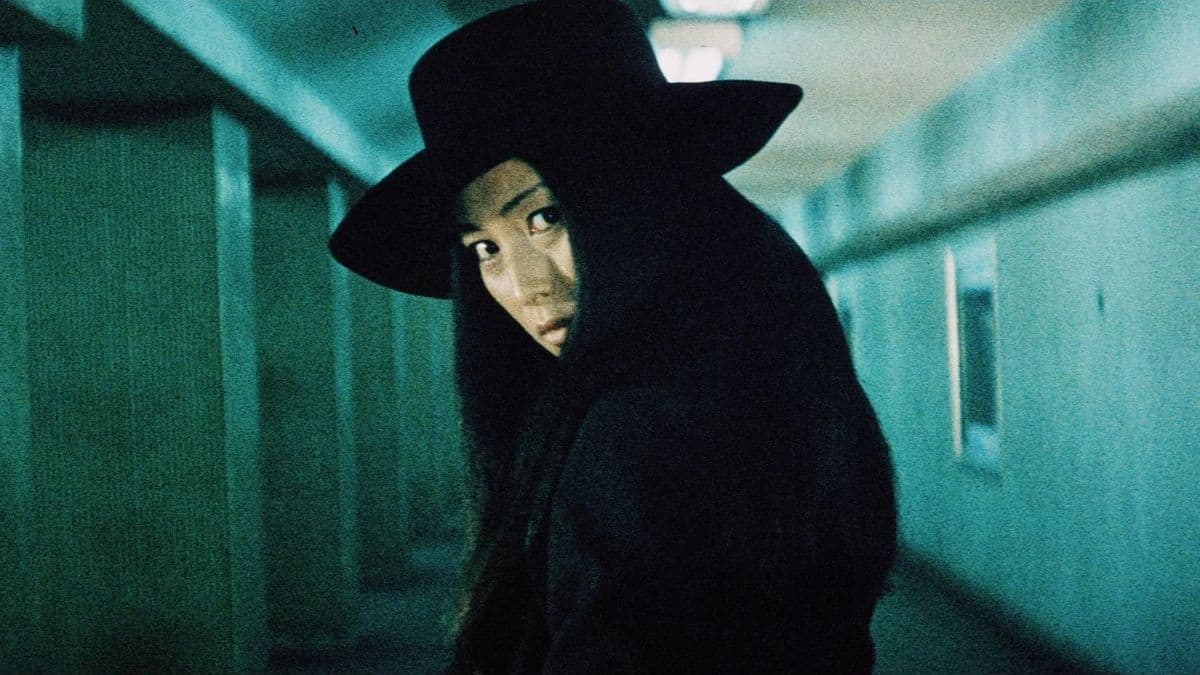14. New Religion (Keishi Kondo, Japan)
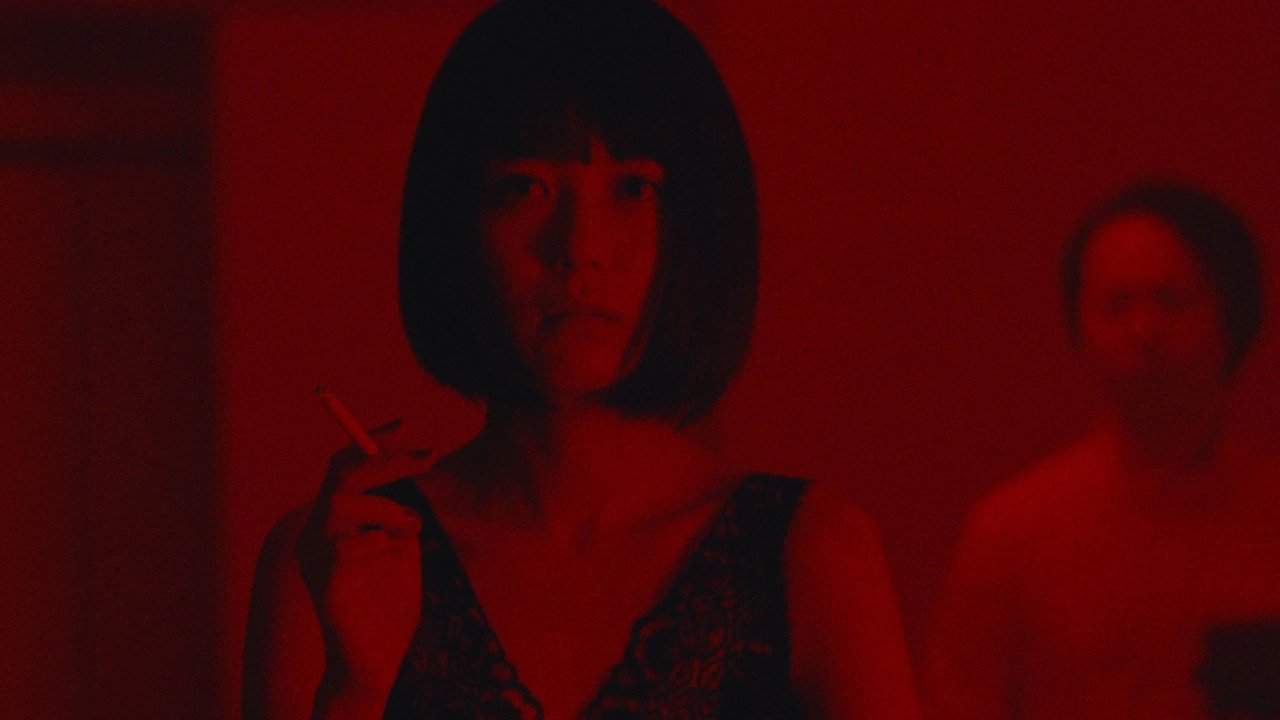
Channeling the dreaminess of Stanley Kubrick's “Eyes Wide Shut” and Kiyoshi Kurosawa's “slow terror” style, Keishi Kondo creates a world where everything seems to be a symbol, and reality, dream, nightmare, past and future co-exist. The result, although intensely complicated, is excellent, with Kondo creating an atmosphere of disorientation, horror, and implied/lurking violence that carries the movie for the majority of its duration, implementing all of its cinematic elements. (Panos Kotzathanasis)
13. Burning Days (Emin Alper, Turkey)

Emin Alper directs a very stylized film, which unfolds in neo-noir, neo-western paths, while thriving on the atmosphere of disorientation and tension that permeates the narrative. The main mediums of this approach are actually two. The first one is the many one-on-ones Emre shares with Murat and Sahin, with the first showcasing a sense of mystery, since the journalist's purpose with Emre is a mystery from the first time they meet, and the second exhibiting a sense of danger, as the two function as two wild beasts circling each other, ready to attack but also weary of each other. (Panos Kotzathanasis)
12. All Summer Long (Yuki Horiuchi, Japan)
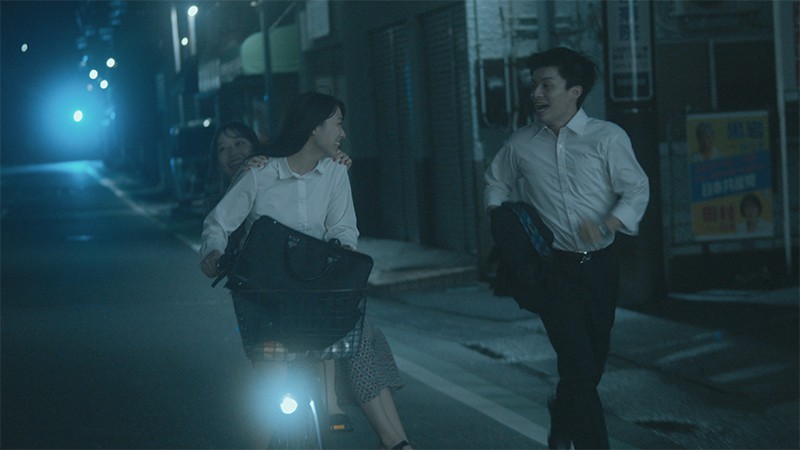
Spanning the course of just one night, these events run in tandem with one another, overlapping each other freer than the characters whose lives become intertwined by fate's grand designs. Horiuchi's characters are splendidly aloof, their situations as deadpan as the expressions on their faces, unravelling their intricacies one awkward laugh at a time. Stemming from the wild incompatibility between the free-spirited and the reserved, the meek and the bold, “All Summer Long” playfully teases how such a word is void of any substance, prodding and poking how hilarious dissimilarities are what make life just a little more interesting. And yet, for all its whimsy, for all its awkward pauses, the film teeters above a sinister realm, as if one misplaced step forward would draw out something ugly and repulsive; this is something the movie acknowledges, offering glimpses behind its sweet facade with no more than brief nods, but the brevity does nothing to soften the impact these nods leave. (James Cansdale)
11. December (Anshul Chauhan, Japan)
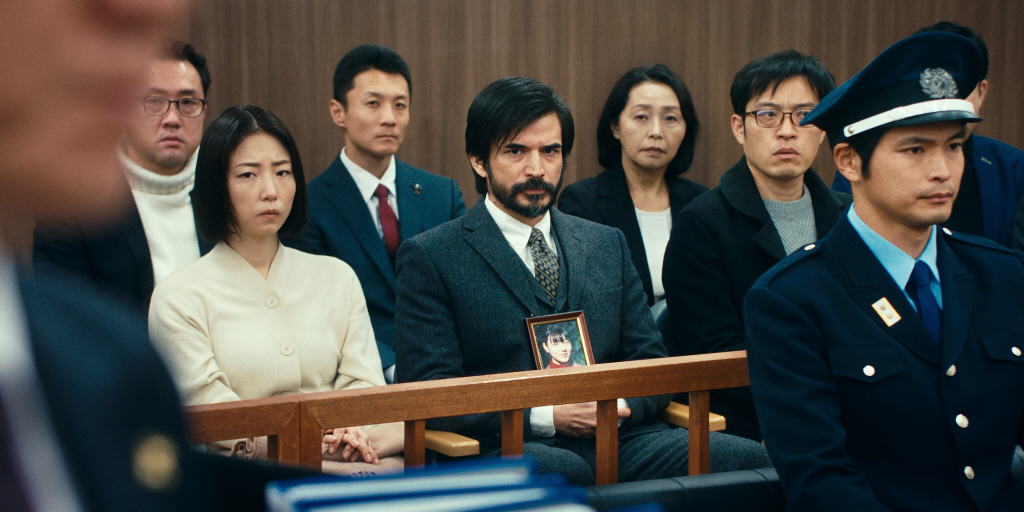
Anshul Chauhan directs a film, based on a Rand Colter and Mina Moteki's script, that is a courtroom drama at its core, but also manages to move in a number of different, quite interesting directions. In that fashion, probably the most appealing aspect of the movie is its characters and their interactions. Katsu's inability to move on, and his downward spiral after his daughter's death is one of the most impactful elements here, as much as the fact that his only raison d'etre is making sure that Kana is never free. Sumiko, in contrast to her ex-husband, has managed to move forward and start her life again, but finds herself drawn into what happened seven years ago through Katsu, a decision that has many consequences in her life. The way the time they spend together changes the two of them, in almost complete antithesis, is another great trait of the movie, with the sum of all the above owing much to the great performances by Shogen and MEGUMI respectively, and their great chemistry throughout the movie. (Panos Kotzathanasis)
10. Incantation (Kevin Ko, Taiwan)

One of the more enjoyable aspects here comes from the intriguing and entertaining setup by writers Ko and Chang Che-wei that seeks to utilize a slightly obscure series of intentions to generate its scares. While operating within clearly-defined fields, with the traditional series of scares and hauntings that it's building off of, the central crux of the storyline being presented through the implementation of a curse carries some weight here. There's a healthy backstory in place for the occult practices in place, ranging from the elaborate altar area and strict adherence to customs while in the village provides a fine grounding for the spiritual beliefs in place. Knowing full well that the locals forbid them from performing certain actions yet doing so anyway, allows for a more fitting backdrop as to why it gets unleashed and follows them around which definitely adds a darker dimension to the second half. This is where the curse takes hold and the frantic nature of the villagers' actions toward Ronan, Dom and Yuan becomes increasingly more chilling. It's all generally enjoyable enough to keep the film engaging for a fun time alongside its running time. (Don Anelli)
9. Fast and Feel Love (Nawapol Thamrongrattanarit, Thailand)
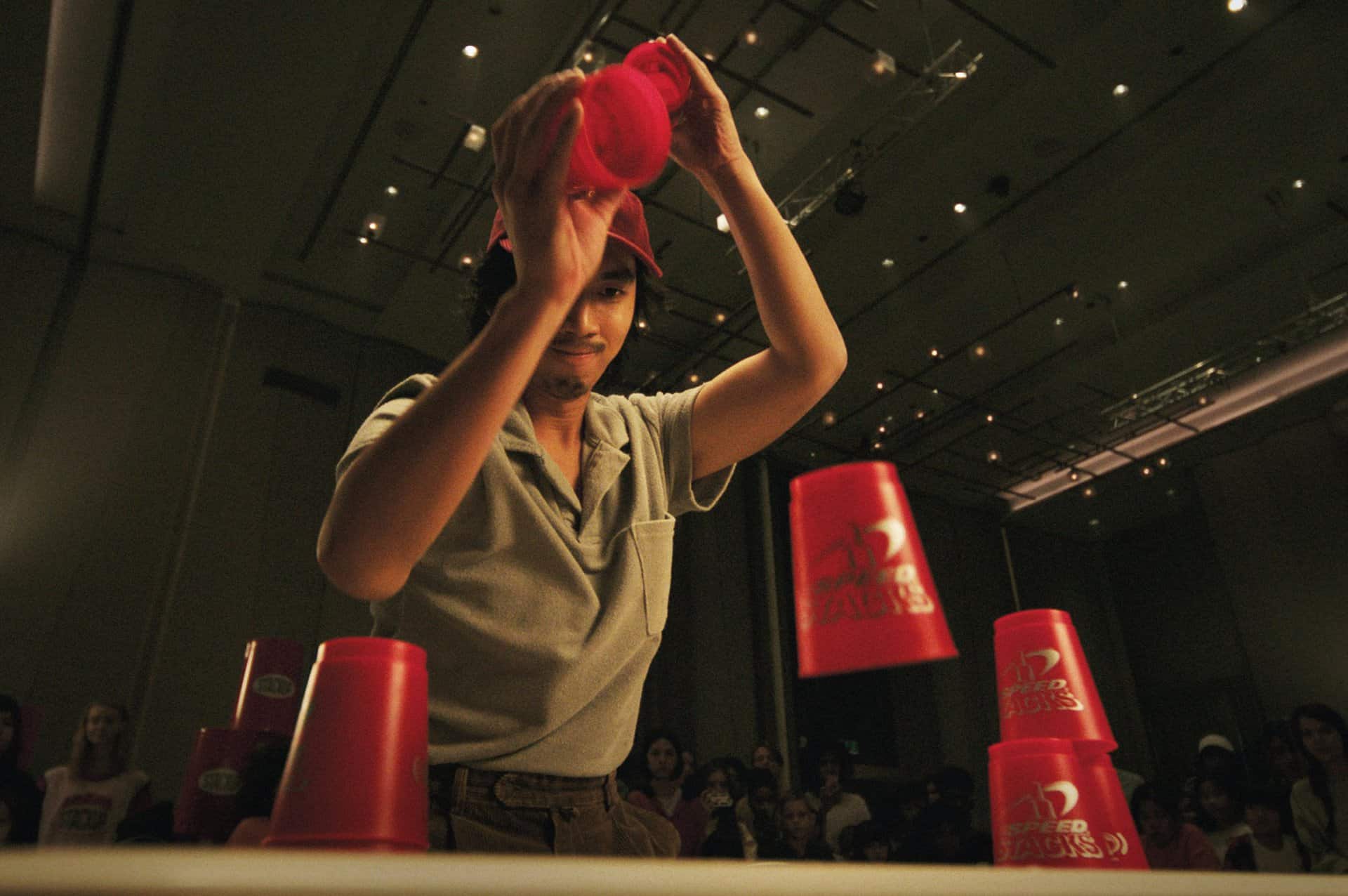
The production's marketing department may have been onto something, as there are clear elements of an action film here. There's a clear protagonist and antagonist and the fast paced narrative, swift edit and the music all could fit right into an action feature. But one must remember that this is a work by Ter Nawapol, so it cannot possibly fit straight into the action feature or the sports film mould. In addition to both those, “Fast & Feel Love” is at its core a late coming-of-age feature that has been wrapped in a love story, packed in the guide of an action/sports film, one that talks about understanding the reality of your childhood ambitions and coming into adulthood. For both Kao and Jay, it means giving up on (or at least giving less prominence to) the one thing you love the most in order to become who you must become. Thamrongrattanarit's previous feature “Happy Old Year” spoke extensively about letting go of the past and starting anew, an aspect that is also explored here, albeit in a totally different but equally effective manner. (Rhythm Zaveri)

8. Next Sohee (July Jung, S. Korea)
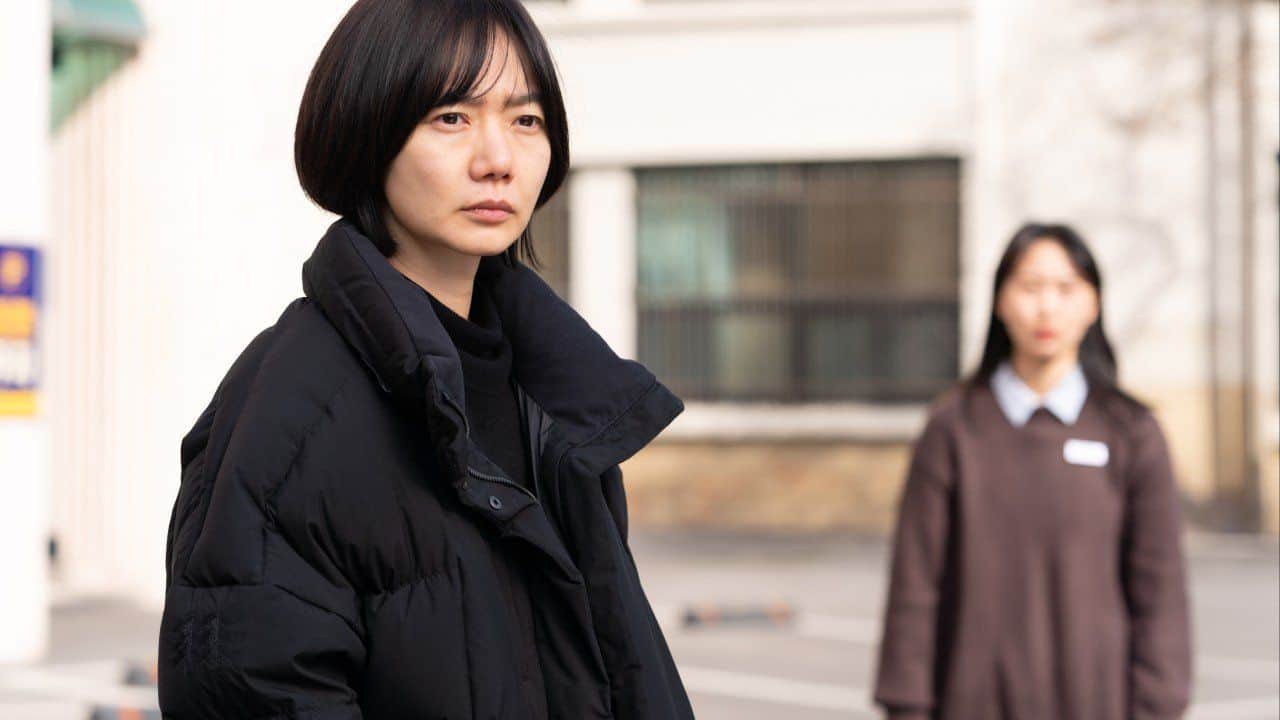
July Jung takes inspiration from the real-life death of an extern at a similar job to write and direct a feature that is quite literally a film of two different halves. In the first half, she tells a very personal story of Sohee, the boisterous girl who looks at this new job as a way to graduate with top grades, but the harsh realities of her work soon start to take their toll. Through this segment, the narrative takes a sharp, hyper-realistic look at the pressures of a goal-driven workplace, particularly on those for whom this is the first experience at a life after school. She lays bare the well-thought out, almost criminal steps in which such companies employ such externs only so they can exploit them and get away with it, running a practice where it is impossible for an extern to quit without losing out on money that was rightfully theirs. The fact that it can affect not just the fresh externs but also seasoned employees is portrayed at a key juncture in the narrative. (Rhythm Zaveri)
7. Small, Slow but Steady (Sho Miyake, Japan)

The bond between the aspiring boxer and her trainer is given in warm, accessible tone, and this is something Keiko Ogasawara was very particular about in her book. As we watch his health deteriorating, we can understand what this unexpected situation means for Keiko whose life is build up on the notion of trust to very few people in her surrounding. Not only the book, but the film as well gives an insight into the close-knitted boxing community not used to having a woman being taken seriously, and even less, someone with a disability. (Marina Richter)
6. Shin Ultraman (Shinji Higuchi, Japan)

Again as in “Shin Godzilla”, the most obvious traits of the movie are two: The first one is the frantic, sttripped from any kind of nonsense editing by Youhei Kurihara and Hideaki Anno, which results in a truly thundering pace that actually allows for the plethora of episodes that take place in the 112 minutes of the movie to unfold in their full glory. Furthermore, the news piece approach in the unfolding of the events works quite well here, ideally progressing the story, with Keizo Suzuki's cinematography capturing the different settings the humans inhabit, with an unexpected but also rather pleasant realism. The second is the rather big budget that has allowed for all the gigantic creatures to appear quite impressive, either on the Earth or eventually into space. Their movement, the disaster that accompanies their every appearance, and even more outstandingly, their fights, are a true wonder to look at, in an SFX style that also shows how the whole tokusatsu/kaiju category has evolved during the last years, with the winks at the “Attack on Titan” being quite obvious occasionally. At the same time, “Shin Ultraman” stays true to the original franchise, with the main character's signature movements being the same, as much as his overall appearance, in an element that also induces the title with a very pleasant retro element. (Panos Kotzathanasis)








